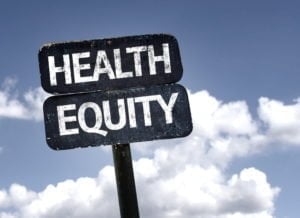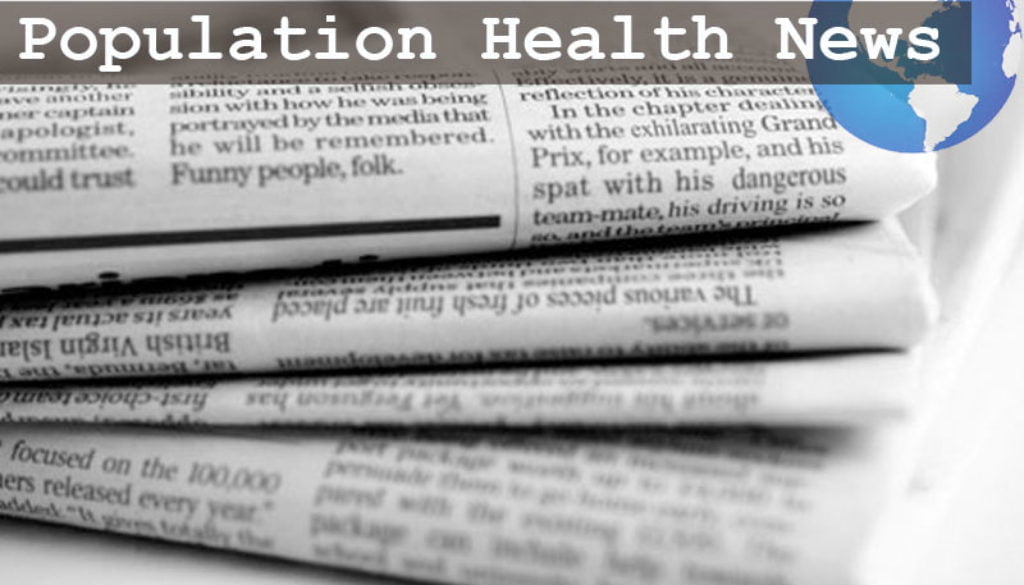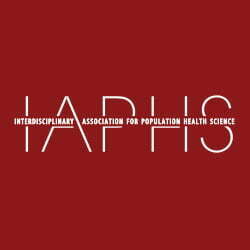June Population Health News Roundup
IAPHS StaffInterdisciplinary spotlight
 The Oregon trail to interdisciplinary work: How cross-sector agencies, including transportation and education, are improving Oregon’s population health metrics. Projects include developing safe routes to schools and improving graduation rates by tackling absenteeism. The efforts gained ground when the governor’s office was given oversight over the public education system. The work is supported by the RWJF. (Center for Health Care Strategies, May 2018)
The Oregon trail to interdisciplinary work: How cross-sector agencies, including transportation and education, are improving Oregon’s population health metrics. Projects include developing safe routes to schools and improving graduation rates by tackling absenteeism. The efforts gained ground when the governor’s office was given oversight over the public education system. The work is supported by the RWJF. (Center for Health Care Strategies, May 2018)
Place
 Helping kids breathe at home: Healthy Homes Des Moines program targets home asthma triggers, makes repairs, and educates the family….and it’s working. (Healthy Homes Des Moines)
Helping kids breathe at home: Healthy Homes Des Moines program targets home asthma triggers, makes repairs, and educates the family….and it’s working. (Healthy Homes Des Moines)
Where the health resources aren’t: Atlanta’s segregation means clusters and deserts of hospitals, grocery stores, and parks. (CityLab, May 23, 2018)
What if you rode your bike to a mammogram? Study identifies 12 factors that lead to health and well-being. (NPR and Yale, May 23, 2018)

Seeking powerful closures: Power plants tied to premature births. (New York Times, May 23, 2018)
Medicaid reaches far into the backcountry: Medicaid expansion helps rural care, coverage. (Boston University, June 5, 2018 and Health Affairs, June 2018)
Suicide rates up in America: Economic downturn, opioids, undiagnosed mental health issues play roles. (Washington Post, June 7, 2018, with quotes from IAPHS Blog Editor Sarah Burgard)
Disparities
 Depressed and unequal: African Americans and Latinos more likely to be at risk for depression than are Whites. (NIH from Preventive Medicine, May 2018)
Depressed and unequal: African Americans and Latinos more likely to be at risk for depression than are Whites. (NIH from Preventive Medicine, May 2018)
Disparities in Alzheimers for Latino populations: Latinos more likely to have diagnosis, less likely to seek treatment. (Chicago Tribune, May 29, 2018)
It’s better in French: Inequality in mortality linked to income in U.S…but not in France. (National Bureau of Economic Research Working Paper, May 2018)
Seniors on Medicaid fare worse: After ICU and return to long-term care, private-insurance patients are more likely to survive. (McKnight’s Long Term Care News, May 25, 2018)
Hotter, moldier, and disproportionately harmful: Climate-change-related diseases may fall hardest on kids. (Grist, May 31, 2018)
 Teen vaping is now a (bad) thing: Increase in vaping rates, vaping culture concern public health researchers and the FDA; (San Francisco Chronicle, May 27, 2018) and carcinogens found in tobacco cigarettes are also present in e-cigarettes (Washington Post and Consumer Reports, May 28, 2018)
Teen vaping is now a (bad) thing: Increase in vaping rates, vaping culture concern public health researchers and the FDA; (San Francisco Chronicle, May 27, 2018) and carcinogens found in tobacco cigarettes are also present in e-cigarettes (Washington Post and Consumer Reports, May 28, 2018)
Dramatic disparities in Baltimore, elsewhere: The Atlantic looks at health disparities between black and white people in certain neighborhoods. (The Atlantic, June 7, 2018)
Programs & Policy
 Take the money and quit: Cash works better than e-cigs or gum to help smokers quit. (The Verge from NEJM, May 23, 2018)
Take the money and quit: Cash works better than e-cigs or gum to help smokers quit. (The Verge from NEJM, May 23, 2018)
Less help for coal miners’ lungs: Fund for black lung disease is facing deep cuts. (NPR, June 4, 2018)
Population health is hard: NPR’s The Conversation explores why. (NPR, June 10, 2018)
HEAL program hopes to heal the opioid crisis: NIH initiative seeks interdisciplinary approach, to include new therapies, interventions in healthcare and criminal justice settings. (NIH, June 12, 2018)
 How to ban the tan: Age restriction laws, but not parental permission laws, help reduce teen tanning booth use. (AJPH, June 6, 2018)
How to ban the tan: Age restriction laws, but not parental permission laws, help reduce teen tanning booth use. (AJPH, June 6, 2018)
Give them shelter: Housing programs can help—or harm—health. Health Affairs looks at housing mobility programs, inclusionary zoning policies, and the Low Income Housing Tax Credit. (Health Affairs, June 7, 2018)
As inequality grows, what can we do to promote health?: Listen to RFK, says VCU researcher. (Spotlight on Poverty, June 2018)





All comments will be reviewed and posted if substantive and of general interest to IAPHS readers.